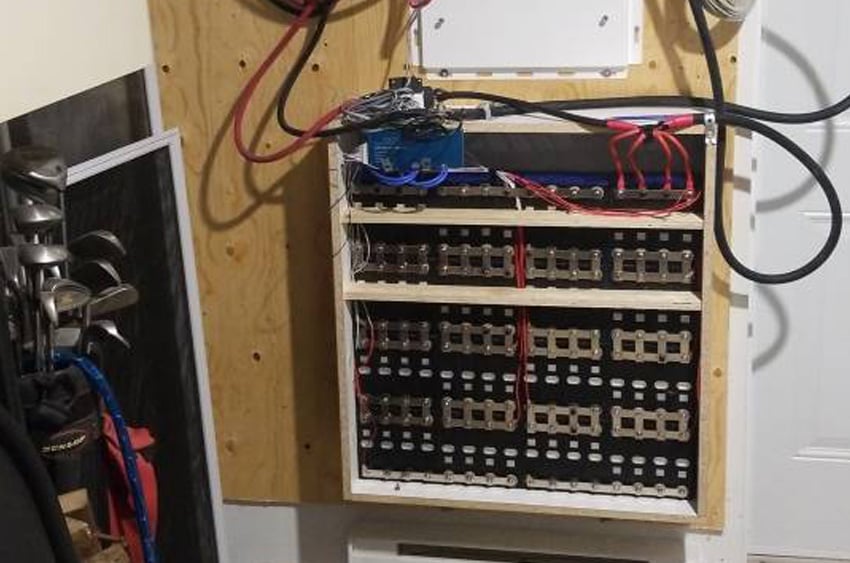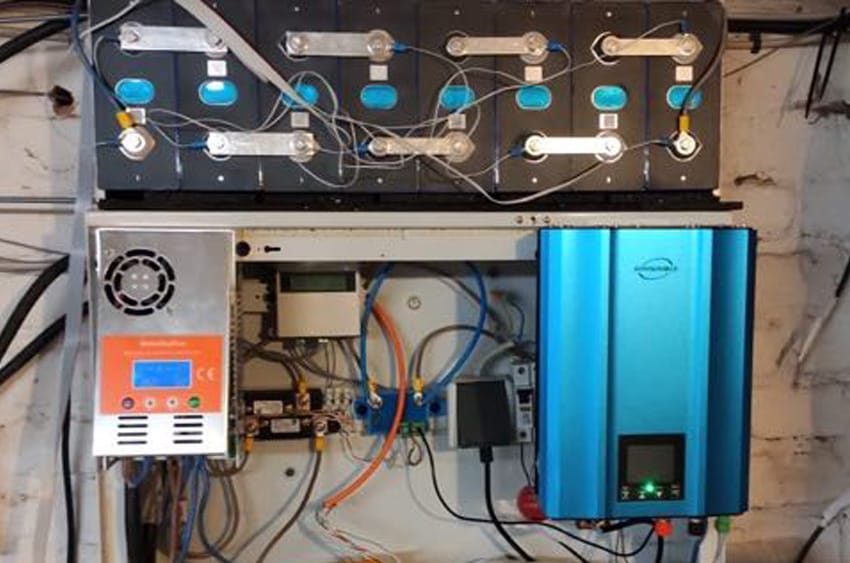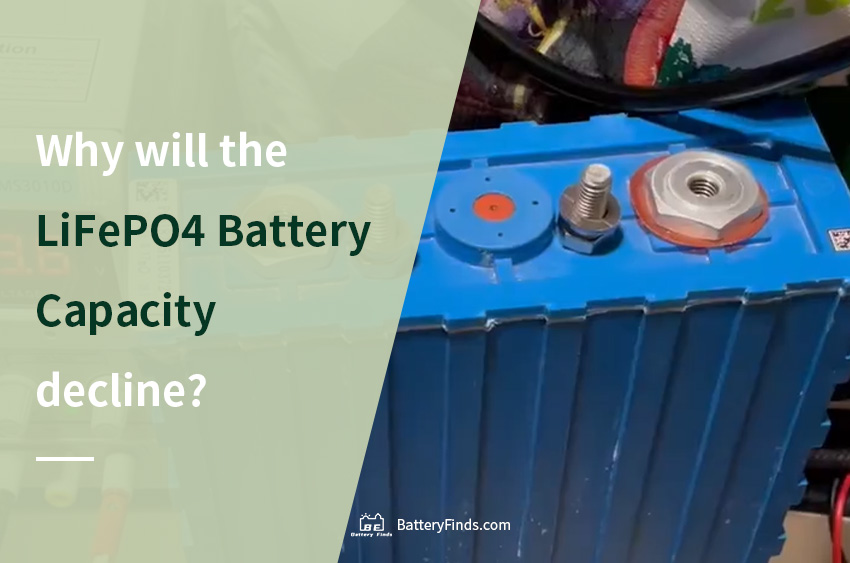The LiFePO4 battery capacity decline is a very normal process. In fact, no matter what kind of battery, after a long time of use, there will inevitably be a phenomenon of capacity decline. This is determined by the nature of the battery itself.
Why does LiFePO4 Battery Capacity decline?

Batteries have always been a consumable item, and LiFePO4 batteries are no exception, so in the long-term use process, some parts of the battery will experience aging to cause capacity decline.
1. The structure of the cathode material changes
The positive electrode material is an important part of the LiFePO4 battery. When lithium ions are extracted from the positive electrode, in order to maintain the electrical neutrality of the material, the metal element will inevitably be oxidized, which will be accompanied by a change of composition. The end result is mechanical damage to the structure of the positive electrode material, resulting in electrochemical performance degradation, that is, LiFePO4 battery capacity decline.
2. The structure of the negative electrode material changes
The commonly used anode material for LiFePO4 batteries is graphite. During the electrochemical reaction, SEI is formed on the surface of the negative electrode, which consumes part of the lithium ions. As the LiFePO4 battery is used, the change in the graphite structure will cause the LiFePO4 battery capacity decline.
3. Oxidative decomposition of electrolyte
The electrolyte significantly affects the energy density, life, charge-discharge performance, operating temperature range, and safety performance of LiFePO4 batteries. The electrolyte is divided into three parts: solvent, electrolyte, and additive. The decomposition of solvents, electrolytes, and chemical reactions all lead to the loss of capacity in LiFePO4 batteries. With the continuous use of LiFePO4 batteries, this cannot be avoided.
4. LiFePO4 battery overcharge
Overcharging of LiFePO4 batteries can also lead to problems. Overcharging will produce electrochemically inert substances, such as Co3O4 and Mn2O3. The presence of these substances will destroy the capacity balance between electrodes, resulting in LiFePO4 battery capacity decline, and this reaction is irreversible. Yes, that’s why we’ve been calling for no overcharging.
5. Storage temperature
Storing LiFePO4 batteries at excessively high temperatures can also lead to capacity fading. A near-full-load (near 100% SOC) LiFePO4 battery stored at 40°C for a year would cause a capacity loss of about 35% without electricity at all. Proper storage of LiFePO4 batteries is very important.
There are actually many reasons for the LiFePO4 battery capacity decline, which will not be limited to the above five. The LiFePO4 battery is a whole, and changes in all internal substances will actually affect the capacity.
How to resist the LiFePO4 Battery Capacity decline?

There is no doubt that we have nothing to do with the LiFePO4 battery capacity decline. Because this is a natural process, as long as you are using LiFePO4 batteries, there will be a reduction in capacity. We can only try to delay the rate of capacity decline of LiFePO4 batteries.
The easiest way is to use LiFePO4 batteries in compliance with regulations, and be sure to prevent overcharge and overdischarge, which will cause irreversible huge losses to the battery. In addition, the battery terminals of the LiFePO4 battery should be checked regularly. If there is oxidation, it should be cleaned as soon as possible to avoid affecting the power output of the battery. Oxidation will also increase the working temperature of the battery in disguised form, causing capacity decline.
Summary
Although the LiFePO4 battery capacity decline cannot be completely avoided, we can try to slow down the capacity decline of LiFePO4 batteries by purchasing compliant LiFePO4 batteries and using formal methods. To a certain extent, this is also extending the life of LiFePO4 batteries. How to make better use of our LiFePO4 batteries is always something we need to keep learning.

